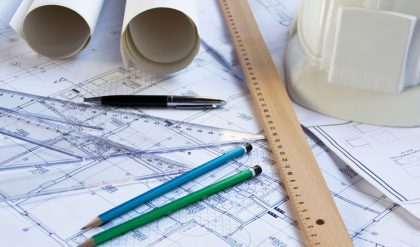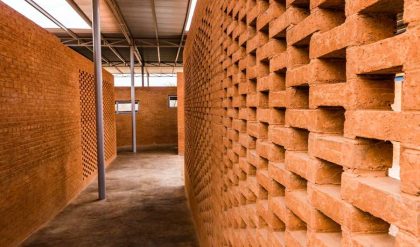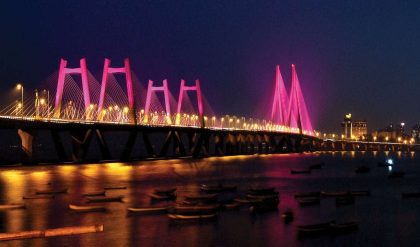The Golden Gate Bridge has been incorporated with all the requisite safety aspects. The effects of enormous wind forces have been taken into account by an accurate design of the bridge elements. The suspension cables, tower, and the anchors have been designed to bear all probable loads.
History of Golden Gate Bridge

The Golden Gate Bridge that was completed in 1937 is a suspenseon bridge connecting the San Francisco Bay with the Pacific Ocean. The Golden Gate Bridge is considered to be a globally renowned representation of San Francisco and California. It is an engineering wonder created in 4 years due to the admirable human vision, persistence, and technical expertise. The weight of the bridge when built was 894,500 tons, length 8,981 feet, width 90 feet, and water clearance 220 feet. Two primary cables pass over the tower tops, and are fixed in concrete anchorages located at each end. The length of wire in the two primary cables is 129,000 km that was spun in six months, and is enough to go around the world approximately 6 times.
Design Considerations of the Golden Gate Bridge

The design of a suspension bridge is a complicated work that needs considerable mathematical proficiency and engineering capability. The design has multiple aspects that require extensive deliberations since all materials deform on the application of loads. It is essential to determine the deck movement range at numerous locations caused due to the varying load conditions. The different load conditions are heavy traffic, traffic with intermittent stops and movements, and reduced or no traffic. The designer of this bridge deliberated in detail numerous engineering factors, including the deck movement due to its weight, environment temperature range, velocity of wind, deck sag between suspension cables, elongation of suspension cables, etc. It may be appreciated that the engineering technology prevalent in that era did not encompass these important features of bridge design. Still, the Golden Gate Bridge is considered to be an engineering wonder because of the precise engineering planning, design, and construction processes that were applied.
Forces and Loads on the Golden Gate Bridge
The foremost engineering problem that existed in the design of this bridge was the structure that was exposed to withstand the high speed windstorms coming from the Pacific Ocean. Accordingly, the bridge was designed to withstand the most improbable condition of wind at a speed of 100 miles an hour, at which the mid-span swing could attain a maximum limit of 27 feet. The vehicles and bridge deck weight is transmitted upwards by the suspender rods to the major suspension cable that transfers the forces to the anchor blocks and bridge towers. The forces from the suspender rods create tensile forces in the major suspension cable. These are the forces that try to elongate the cable. The major suspension cable that sags in a parabolic shape consists of several small-diameter steel cables wound jointly to create a huge stranded steel cable. The tensile forces from the cable create compressive forces in the tower that attempts to compress the tower. The tower has been designed to withstand these compressive forces without buckling. Thus, we see that numerous design considerations were deliberated to produce a robust bridge that could be claimed as an excellent engineering marvel.





Comments are closed.